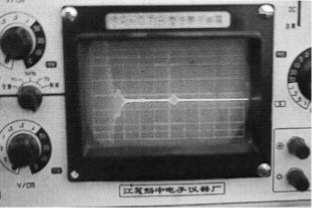The basic principle of the method is as follows: When a pulse is generated on the outer end of the bolt, the ultrasonic waves propagate along the bolt and are reflected back when they reach the inside end of the bolt. The reflected wave is detected on the outside end of the bolt. If the reinforcing bar is completely enclosed by the concrete mortar and the mortar is adhered to the surrounding rock, the ultrasonic wave will, during the course of propagation, be continuously transmitted from the reinforcing bar through the concrete mortar into the rock. Consequently, there will be great energy loss, and the reflected wave as measured at the outside end of the shaft will be of low amplitude and may not even be determinable. If there is no filling with mortar grout, then there is merely an empty shaft in which the ultrasonic wave will be propagated in the reinforcing bar with little energy loss, and the amplitude of the reflected wave received will be greater. If there is incomplete filling with mortar grout, there will be an intermediate state, and the intensity of the reflected signal will be intermediate between those previously mentioned. Therefore, the degree of
Figure 2a-c
Tests for completeness of filling: (a) drill hole is partially filled with grouting material; rock bolt is 2 m in length and 16 mm in diameter; (b) drill hole contains no grouting material; rock bolt is 2 m in length and 16 mm in diameter; and (c) readout equipment for determining completeness of grout filling.

Mortar filling can be determined (Bergman et al. 1983). Low-frequency waves, such as 10-kHz sonic waves, have proved sufficient for this testing.




 World History
World History









